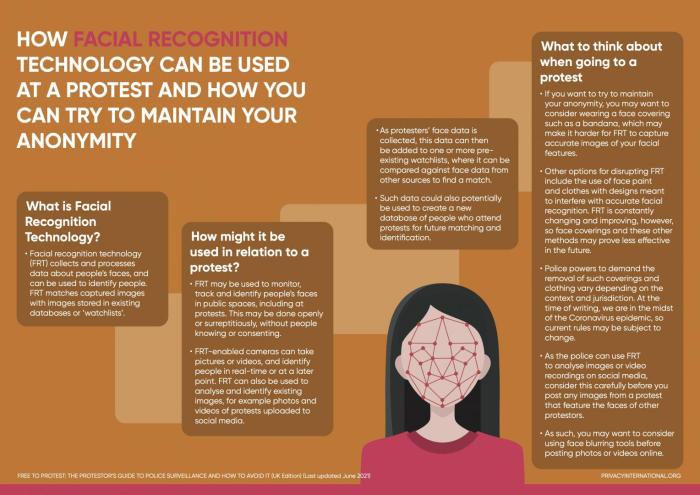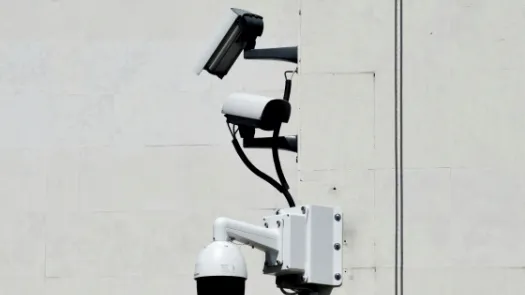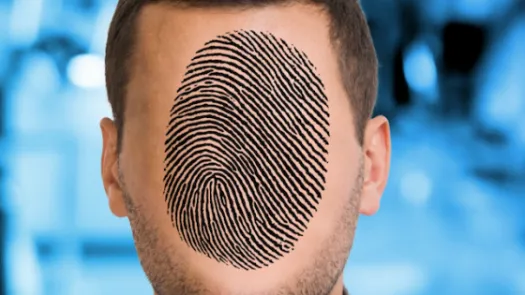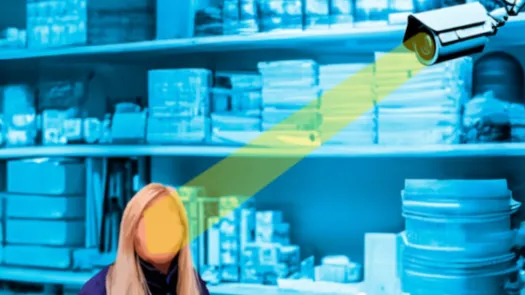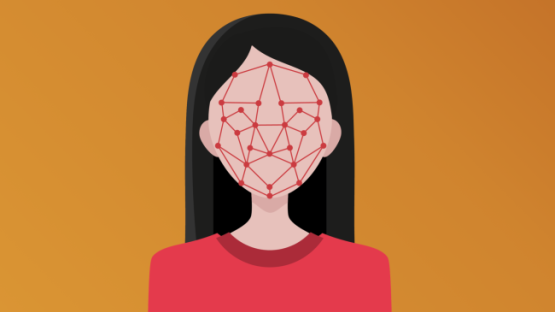
How facial recognition technology can be used at a protest
A brief guide to how facial recognition technology can be used at a protest and how can you try to maintain your anonymity (UK edition).
Explainer
Post date
5th May 2021
Key points
- Facial recognition technology (FRT) collects and processes data about people’s faces, and can be used to identify people.
- FRT may be used to monitor, track and identify people’s faces in public spaces, including at protests.
- If you want to try to maintain your anonymity, there are a few things you could think about, such as considering wearing a face covering such as a bandana.
- There are other steps you can take too, but none are perfect solutions...

What is Facial Recognition Technology?
- Facial recognition technology (FRT) collects and processes data about people’s faces, and can be used to identify people. FRT matches captured images with images stored in existing databases or ‘watchlists’.
How might it be used in relation to a protest?
- FRT may be used to monitor, track and identify people’s faces in public spaces, including at protests. This may be done openly or surreptitiously, without people knowing or consenting.
- FRT-enabled cameras can take pictures or videos, and identify people in real-time or at a later point. FRT can also be used to analyse and identify existing images, for example photos and videos of protests uploaded to social media.
- As protesters’ face data is collected, this data can then be added to one or more pre-existing watchlists, where it can be compared against face data from other sources to find a match.
- Such data could also potentially be used to create a new database of people who attend protests for future matching and identification.
What to think about when going to a protest
- If you want to try to maintain your anonymity, you may want to consider wearing a face covering such as a bandana, which may make it harder for FRT to capture accurate images of your facial features.
- Other options for disrupting FRT include the use of face paint and clothes with designs meant to interfere with accurate facial recognition. FRT is constantly changing and improving, however, so face coverings and these other methods may prove less effective in the future.
- Police powers to demand the removal of such coverings and clothing vary depending on the context and jurisdiction. At the time of writing, we are in the midst of the Coronavirus epidemic, so current rules may be subject to change.
- As the police can use FRT to analyse images or video recordings on social media, consider this carefully before you post any images from a protest that feature the faces of other protestors.
- As such, you may want to consider using face blurring tools before posting photos or videos online.
You can download this guide as a jpeg by saving the image below, or by downloading the pdf version in 'Attachments'.
Our campaign
Our fight
Learn more
Target Profile
